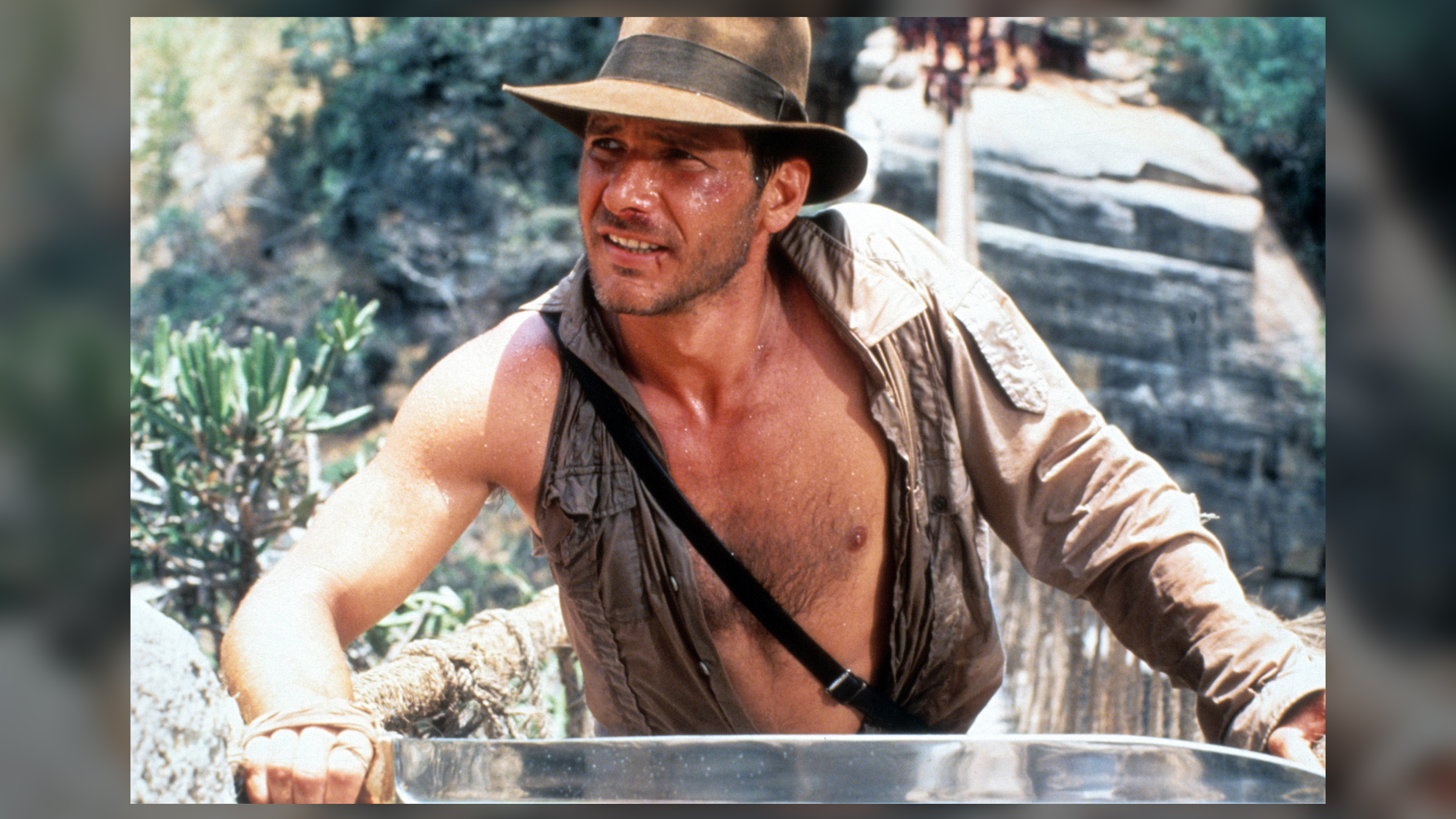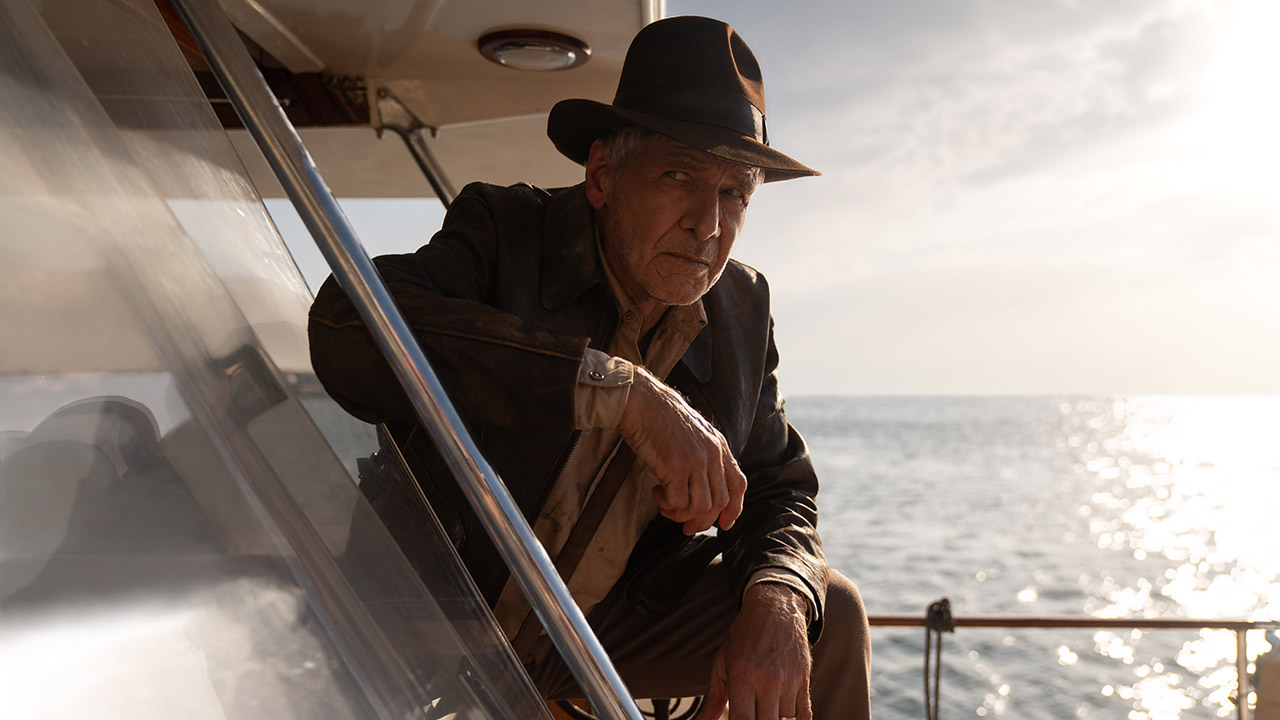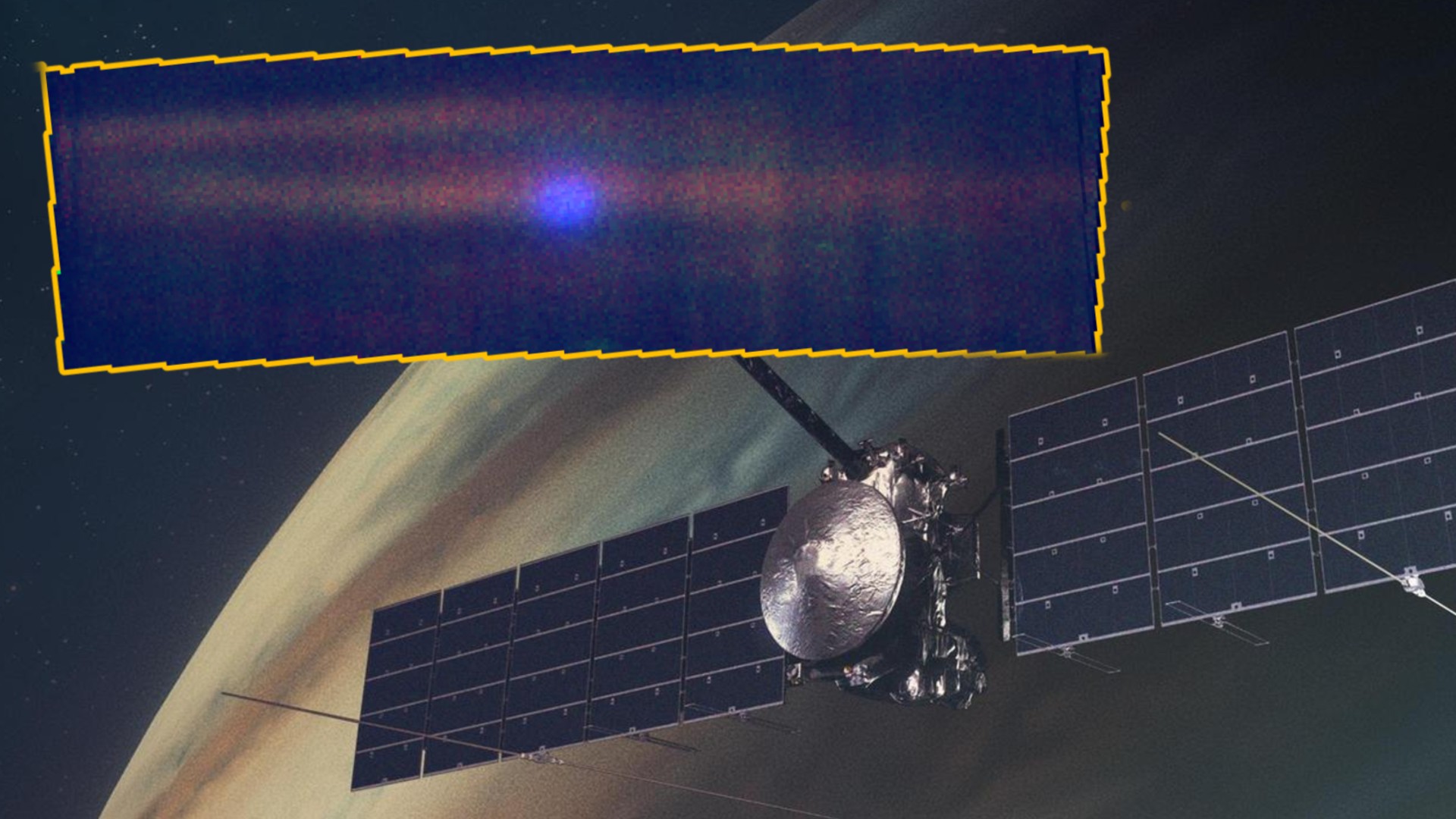What do (real) archaeologists think of the legacy of 'Indiana Jones'?
Is Indiana Jones an archaeologist or a looter? Archaeologists dish on the adventurer before the movie premiere of "Indiana Jones and the Dial of Destiny."

From the moment Indiana Jones swiped a golden idol and was chased by a boulder in "Raiders of the Lost Ark" more than 40 years ago, the legendary adventurer has become a lightning rod for archaeologists worldwide. On the one hand, Indiana (played by Harrison Ford) has drawn audiences into the fascinating world of archaeology; on the other, his methods are appalling and downright misleading about the field.
With the fifth (and possibly final) movie, "Indiana Jones and the Dial of Destiny," set to debut Friday (June 30), what do real-life archaeologists think about the fictional archaeologist's legacy?
Several archaeologists were quick to say they found Indy atrocious.
"[What] he does is not archaeology — it is looting — and if people are attracted to archaeology because they want to do that, they will be disappointed," Anne Pyburn, a professor of anthropology at Indiana University Bloomington, told Live Science in an email.
In "Raiders of the Lost Ark," Indiana prevents the Nazis from acquiring the biblical Ark of the Covenant, but the series leaves the World War II enemy behind in "Indiana Jones and the Temple of Doom," with Indiana traveling to India recover mythical stones — a journey that brings him up close to a cult practicing black magic and human sacrifice.
Indiana Jones' methods — which often involve the use of a bullwhip and pistol — are obviously not by the book, but the "more serious issue is that he is a white guy exoticizing, brutalizing and patronizing local and Indigenous people and stealing their cultural heritage," Pyburn said.
Get the world’s most fascinating discoveries delivered straight to your inbox.
Pyburn wasn't the only archaeologist to critique the portrayal. "I find that Indiana Jones has led many to think that archaeology is just object-centered treasure hunting and not reconstructing past human life ways," Laurie Miroff, director of the Public Archaeology Facility at Binghamton University, State University of New York, told Live Science in an email. "One of the first things I stress when talking about the discipline with non-archaeologists is that the artifacts are the means to the end, not the end."
In effect, "while Indy's motivation is 'fortune and glory,' ours is the study of past cultures," Miroff said.
Some scholars noted upsides, however. For one, the "Indiana Jones" films have brought a great amount of attention to the field, which has, in turn, prompted people to learn what archaeology is really about.
"In popular culture, archaeology is almost synonymous with Indiana Jones and [is] its strongest brand asset," Cornelius Holtorf, a professor of cultural sciences at Linnaeus University in Sweden, told Live Science in an email. "Over the years, the character of Indiana Jones [has] motivated many young people to study archaeology."
Even if the movies haven't spurred every fan to become an archaeologist, "Indy also made many citizens interested in archaeology and perhaps led them to visit archaeological sites and museums or watch TV documentaries on archaeology," Holtorf added.
But discussing Indy always comes with caveats. When talking to new students or members of the general public, "I try to stress that what is depicted in the movies is not real archaeology," Aren Maeir, a professor of archaeology at Bar-Ilan University in Israel, told Live Science in an email. Even so, "I also stress how important the movie series has and is for creating a strong public interest and fascination in archaeology," he added.
Final adventure
With the "Dial of Destiny" likely being Ford's last "Indiana Jones" movie, what would archaeologists like to see addressed in the film? And what things would they like Indiana Jones to say or do in what may be his final adventure?
"I would want to depict archaeological methods more accurately, even if it is only a brief glimpse," Miroff said, adding that the film could show Indiana Jones or another archaeologist taking notes, photographs or recording measurements.
Louise Hitchcock, an archaeology professor at the University of Melbourne in Australia, said she would be "glad to see Indy or someone else in the movie comment on the issues raised in earlier movies of poor excavation practices, sexism and colonialism."
"Maybe he could be talking with people from the community he is in, show a manuscript of his research in progress," Miroff added. "Even if at some point he addresses that what he does is not standard practice, it might go a long way."

Owen Jarus is a regular contributor to Live Science who writes about archaeology and humans' past. He has also written for The Independent (UK), The Canadian Press (CP) and The Associated Press (AP), among others. Owen has a bachelor of arts degree from the University of Toronto and a journalism degree from Ryerson University.





